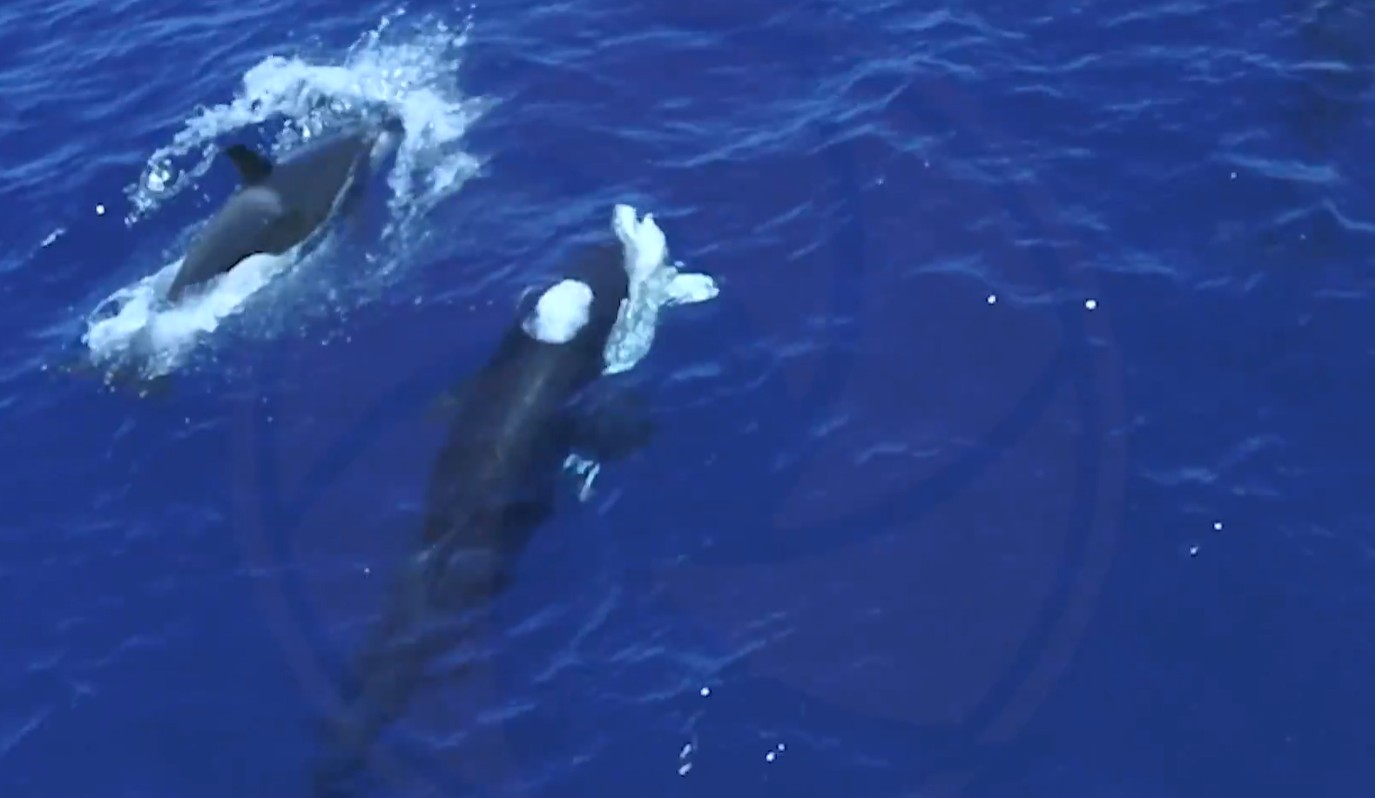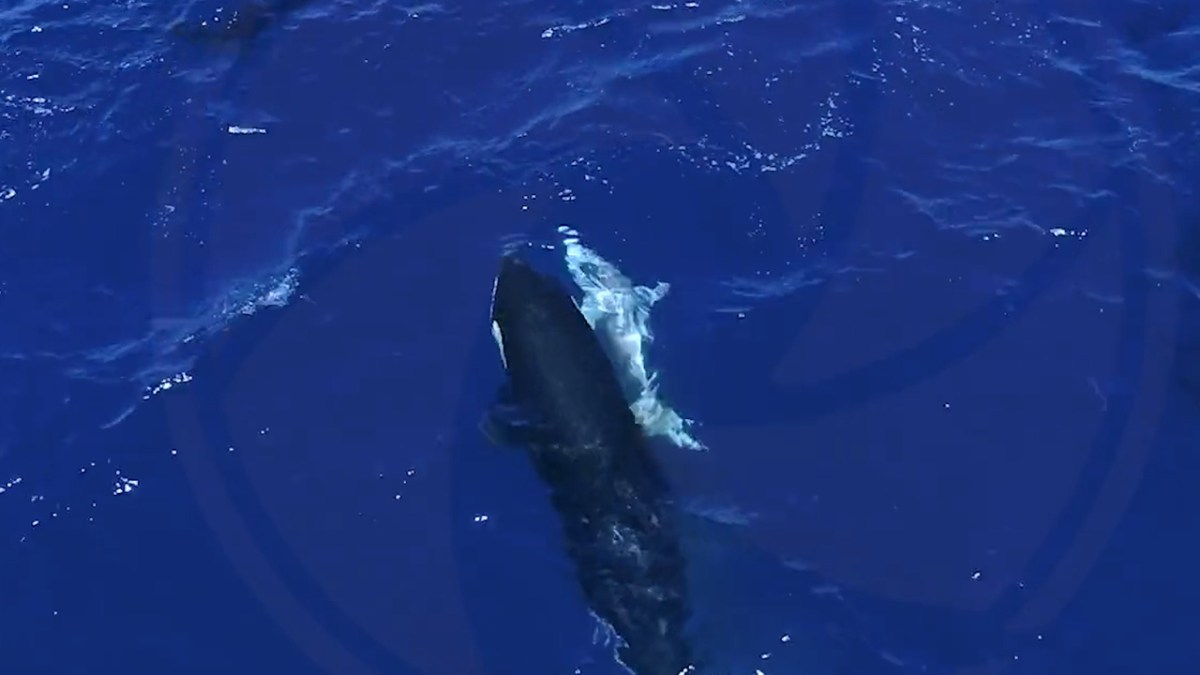Even apex predators must watch their backs. In the Gulf of California, a pod of orcas has been filmed feasting on an animal usually thought to sit comfortably at the top of the food chain: the great white shark.
With cool precision, the orcas were seen flipping young sharks onto their backs — a manoeuvre that renders them immobile — before tearing them open to eat their nutrient-rich livers.
Erick Higuera Rivas, lead author of a study published in the journal Frontiers in Marine Science, said: “This behaviour is a testament to orcas’ advanced intelligence, strategic thinking and sophisticated social learning, as the hunting techniques are passed down through generations within their pods.”
The video shows the orcas behaving less like reckless predators and more like strategic assassins. In two separate hunts in 2020 and 2022, five members of the same pod pursued juvenile white sharks, induced a sleep-like state of “tonic immobility” and deftly removed the liver, the most calorie-dense organ in a shark’s body.

ERICK HIGUERA RIVAS AND MARCO VILLEGAS
The juvenile great whites were about 2 to 3 metres long and weighed a few hundred kilograms. The orcas, by contrast, can reach 8 metres and 6 tonnes.
Adult great whites, which can grow to 5 metres and 2.5 tonnes, seem to have learned to stay clear of the orcas, which are known as killer whales.
Dr Salvador Jorgensen of California State University, an author of the study, said: “This is the first time we are seeing orcas repeatedly target juvenile white sharks.
“Adult white sharks [in the region] react quickly to hunting orcas, completely evacuating their seasonal gathering areas and not returning for months. But these juvenile white sharks may be naïve to orcas. We just don’t know yet whether white shark anti-predator flight responses are instinctual or need to be learned.”
A male orca known as Moctezuma appears to be the ringleader. Last year, scientists recorded him leading his pod to target a whale shark, again flipping it upside down to induce a natural state of paralysis. That cut off the whale shark’s escape route, which would have involved diving to depths where the air-breathing orcas could not follow without surfacing to refill their lungs.

The orcas then pulled the whale shark’s pelvic fins apart, ripping open its thick skin before removing its lipid-rich liver.
The encounters with great whites may reflect shifting conditions. Warmer ocean waters appear to have drawn shark nurseries northward into the Gulf of California, putting naïve juveniles within striking distance of Moctezuma’s pod.
Read more stories from the deep
Researchers are cautious, noting that two recorded hunts do not prove a permanent pattern. But they suspect shark predation by orcas may be relatively common but rarely witnessed. Future surveys will track the pod’s diet to see whether white sharks are an occasional delicacy or a regular feature on the menu.
Dr Francesca Pancaldi of the Instituto Politécnico Nacional said: “Generating information about the extraordinary feeding behaviour of killer whales in this region will help us identify their most critical habitats.
“That way we can create protected areas and apply management plans to mitigate human impact. There could be more.”

